Electrical Longboard for Everyday Urban Commuting
Abstract
:1. Introduction
- (1)
- On global warming concerns, the paper presents the considerations of using light electric vehicles in everyday travels.
- (2)
- Turns a conventional skateboard into an electric one by integrating a battery stack, a battery cooling system, a battery management system (BMS) and finally testing it.
- (3)
- Show laboratory testing results for a battery stack discharging by simulating the travel conditions of an electric longboard both on flat ground and for an uphill
- (4)
- Show results from testing the electric longboard functionality in normal driving conditions
2. Materials and Methods
Theoretical Formulation
3. Results and Discussions
4. Conclusions
Author Contributions
Funding
Acknowledgments
Conflicts of Interest
References
- EEA-European Environment Agency. Emissions of Air Pollutants from Transport. Available online: https://www.eea.europa.eu/data-and-maps/indicators/transport-emissions-of-air-pollutants-8/transport-emissions-of-air-pollutants-8 (accessed on 27 February 2020).
- Anenberg, S.; Miller, J.; Henze, D.; Minjares, R. A Global Snapshot of the Air Pollution-Related Health Impacts of Transportation Sector Emissions in 2010 and 2015. Available online: https://theicct.org/sites/default/files/publications/Global_health_impacts_transport_emissions_2010-2015_20190226.pdf (accessed on 28 May 2020).
- Eurostat/EC-Greenhouse Gas Emission Statistics-Emission Inventories. 2019. Available online: https://ec.europa.eu/eurostat/statistics-explained/pdfscache/1180.pdf (accessed on 4 March 2020).
- EPA-United States Environmental Protection Agency. Sources of Greenhouse Gas Emissions. Available online: https://www.epa.gov/ghgemissions/sources-greenhouse-gas-emissions (accessed on 4 March 2020).
- BloombergNEF-A Behind the Scenes Take on Lithium-ion Battery Prices. Available online: https://about.bnef.com/blog/behind-scenes-take-lithium-ion-battery-prices (accessed on 2 June 2020).
- Miao, Y.; Hynan, P.; Von Jouanne, A.; Yokochi, A. Current Li-Ion battery technologies in electric vehicles and opportunities for advancements. Energies 2019, 12, 1074. [Google Scholar] [CrossRef] [Green Version]
- Iclodean, C.; Varga, B.; Burnete, N.; Cimerdean, D.; Jurchiş, B. Comparison of Different Battery Types for Electric Vehicles. IOP Conf. Series: Mater. Sci. Eng. 2017, 252, 012058. [Google Scholar] [CrossRef] [Green Version]
- Gallo, A.; Simões-Moreira, J.R.; Costa, H.; Santos, M.; Dos Santos, E.M. Energy storage in the energy transition context: A technology review. Renew. Sustain. Energy Rev. 2016, 65, 800–822. [Google Scholar] [CrossRef]
- Luo, X.; Wang, J.; Dooner, M.; Clarke, J. Overview of current development in electrical energy storage technologies and the application potential in power system operation. Appl. Energy 2015, 137, 511–536. [Google Scholar] [CrossRef] [Green Version]
- Guney, M.S.; Tepe, Y. Classification and assessment of energy storage systems. Renew. Sustain. Energy Rev. 2017, 75, 1187–1197. [Google Scholar] [CrossRef]
- Światowska, J.; Barboux, P. Chapter 4—Lithium battery technologies: From the electrodes to the batteries. In Resources, Extraction Batteries and Recycling; Lithium Process Chemistry; Elsevier: Amsterdam, The Netherlands, 2015; pp. 125–166. [Google Scholar]
- Ito, S.; Takeuchi, S.; Sasaki, M. Motion measurement of a two-wheeled skateboard and its dynamical simulation. Appl. Math. Model. 2012, 36, 2178–2191. [Google Scholar] [CrossRef]
- Barré, A.; Deguilhem, B.; Grolleau, S.; Gerard, M.; Suard, F.; Riu, D. A review on lithium-ion battery ageing mechanisms and estimations for automotive applications. J. Power Sources 2013, 241, 680–689. [Google Scholar] [CrossRef] [Green Version]
- Salinas, F.; Kowal, J. Classifying Aged Li-Ion Cells from Notebook Batteries. Sustainability 2020, 12, 3620. [Google Scholar] [CrossRef]
- Yi, J.; Kim, U.S.; Shin, C.B.; Han, T.; Park, S. Modeling the temperature dependence of the discharge behavior of a lithium-ion battery in low environmental temperature. J. Power Sources 2013, 244, 143–148. [Google Scholar] [CrossRef]
- Liu, K.; Li, K.; Peng, Q.; Zhang, C. A brief review on key technologies in the battery management system of electric vehicles. Front. Mech. Eng. 2018, 14, 47–64. [Google Scholar] [CrossRef] [Green Version]
- Zeng, X.; Li, J.; Singh, N. recycling of spent lithium-ion battery: A critical review. Crit. Rev. Environ. Sci. Technol. 2014, 44, 1129–1165. [Google Scholar] [CrossRef]
- Peters, J.F.; Baumann, M.; Zimmermann, B.; Braun, J.; Weil, M. The environmental impact of Li-Ion batteries and the role of key parameters—A review. Renew. Sustain. Energy Rev. 2017, 67, 491–506. [Google Scholar] [CrossRef]
- Kang, D.H.P.; Chen, M.; Ogunseitan, O.A. Potential environmental and human health impacts of rechargeable lithium batteries in electronic waste. Environ. Sci. Technol. 2013, 47, 5495–5503. [Google Scholar] [CrossRef]
- Kayyar, A.; Huang, J.; Samiee, M.; Luo, J. Construction and testing of coin cells of lithium ion batteries. J. Vis. Exp. 2012, e4104. [Google Scholar] [CrossRef] [Green Version]
- Ricco, M.; Meng, J.; Gherman, T.; Grandi, G.; Teodorescu, R. Smart battery pack for electric vehicles based on active balancing with wireless communication feedback. Energies 2019, 12, 3862. [Google Scholar] [CrossRef] [Green Version]
- Kumar, M.S.; Revankar, S.T. Development scheme and key technology of an electric vehicle: An overview. Renew. Sustain. Energy Rev. 2017, 70, 1266–1285. [Google Scholar] [CrossRef]
- Burs, L.; Roemer, E.; Worm, S.; Masini, A. Are they all equal? Uncovering adopter groups of battery electric vehicles. Sustainability 2020, 12, 2815. [Google Scholar] [CrossRef] [Green Version]
- Dai, H.; Zhang, X.; Wei, X.; Sun, Z.; Wang, J.; Hu, F. Cell-BMS validation with a hardware-in-the-loop simulation of lithium-ion battery cells for electric vehicles. Int. J. Electr. Power Energy Syst. 2013, 52, 174–184. [Google Scholar] [CrossRef]
- Shu, X.; Yang, W.-X.; Guo, Y.; Wei, K.; Qin, B.; Zhu, G. A reliability study of electric vehicle battery from the perspective of power supply system. J. Power Sources 2020, 451, 227805. [Google Scholar] [CrossRef]
- Guoning, X.; Du, X.; Li, Z.; Zhang, X.; Zheng, M.; Miao, Y.; Gao, Y.; Liu, Q. Reliability design of battery management system for power battery. Microelectron. Reliab. 2018, 88–90, 1286–1292. [Google Scholar] [CrossRef]
- Yunzheng, Z.; Shaofei, Q.; Huang, A.C.; Jianhong, X. Smart vehicle control unit-an integrated BMS and VCU system. IFAC-PapersOnLine 2018, 51, 676–679. [Google Scholar] [CrossRef]
- Muenzel, V.; Hollenkamp, A.F.; Bhatt, A.I.; De Hoog, J.; Brazil, M.; Thomas, D.A.; Mareels, I.A. Comparative testing study of commercial 18650-format lithium-ion battery cells. J. Electrochem. Soc. 2015, 162, 1592–1600. [Google Scholar] [CrossRef] [Green Version]
- Yoo, G.-W.; Jang, B.-C.; Son, J.-T. Novel design of core shell structure by NCA modification on NCM cathode material to enhance capacity and cycle life for lithium secondary battery. Ceram. Int. 2015, 41, 1913–1916. [Google Scholar] [CrossRef]
- Kuleshov, A.S. Nonlinear analysis of the skateboard dynamics. In Proceedings of the XXI ISB Congress of International Society of Biomechanics, Taipei, Taiwan, 1–5 July 2007. [Google Scholar]
- Kuleshov, A.S. Various schemes of the skateboard control. Procedia Eng. 2010, 2, 3343–3348. [Google Scholar] [CrossRef] [Green Version]
- Hart, J.; Allen, T.; Holroyd, M. Downhill skateboard aerodynamics. Procedia Eng. 2010, 2, 2523–2528. [Google Scholar] [CrossRef] [Green Version]
- Várszegi, B.; Takács, D.; Stepan, G. Position control of rolling skateboard. IFAC-PapersOnLine 2015, 48, 286–291. [Google Scholar] [CrossRef]
- Hyvönen, K.; Repo, P.; Lammi, M. Light Electric vehicles: Substitution and future uses. Transp. Res. Procedia 2016, 19, 258–268. [Google Scholar] [CrossRef]
- Kazemzadeh, K.; Laureshyn, A.; Ronchi, E.; Dágostino, C.; Hiselius, L.W. Electric bike navigation behaviour in pedestrian crowds. Travel Behav. Soc. 2020, 20, 114–121. [Google Scholar] [CrossRef]
- Johnson, M.; Rose, G.; Rose, G. Extending life on the bike: Electric bike use by older Australians. J. Transp. Heal. 2015, 2, 276–283. [Google Scholar] [CrossRef]
- Siman-Tov, M.; Radomislensky, I.; Peleg, K.; Bahouth, H.; Becker, A.; Jeroukhimov, I.; Karawani, I.; Kessel, B.; Klein, Y.; Lin, G.; et al. A look at electric bike casualties: Do they differ from the mechanical bicycle? J. Transp. Heal. 2018, 11, 176–182. [Google Scholar] [CrossRef]
- Ji, S.; Cherry, C.; Han, L.D.; Jordan, D.A. Electric bike sharing: Simulation of user demand and system availability. J. Clean. Prod. 2014, 85, 250–257. [Google Scholar] [CrossRef]
- Lustenberger, T.; Talving, P.; Barmparas, G.; Schnüriger, B.; Lam, L.; Inaba, K.; Demetriades, D. Skateboard-related injuries: Not to be taken lightly. A National Trauma Databank Analysis. J. Trauma: Inj. Infect. Crit. Care 2010, 69, 924–927. [Google Scholar] [CrossRef] [PubMed]
- Keilani, M.; Krall, C.; Lipowec, L.; Posch, M.; Komanadj, T.S.; Crevenna, R. Skateboarding Injuries in Vienna: Location, frequency, and severity. PM&R 2010, 2, 619–624. [Google Scholar] [CrossRef]
- Kyle, S.B.; Nance, M.L.; Rutherford, G.W.; Winston, F.K. Skateboard-Associated Injuries: Participation-Based Estimates and Injury Characteristics. J. Trauma: Inj. Infect. Crit. Care 2002, 53, 686–690. [Google Scholar] [CrossRef]
- Keays, G.; Dumas, A. Longboard and skateboard injuries. Injury 2014, 45, 1215–1219. [Google Scholar] [CrossRef]
- Tominaga, G.T.; Schaffer, K.B.; Dandan, I.S.; Kraus, J. Epidemiological and clinical features of an older high-risk population of skateboarders. Injury 2013, 44, 645–649. [Google Scholar] [CrossRef]
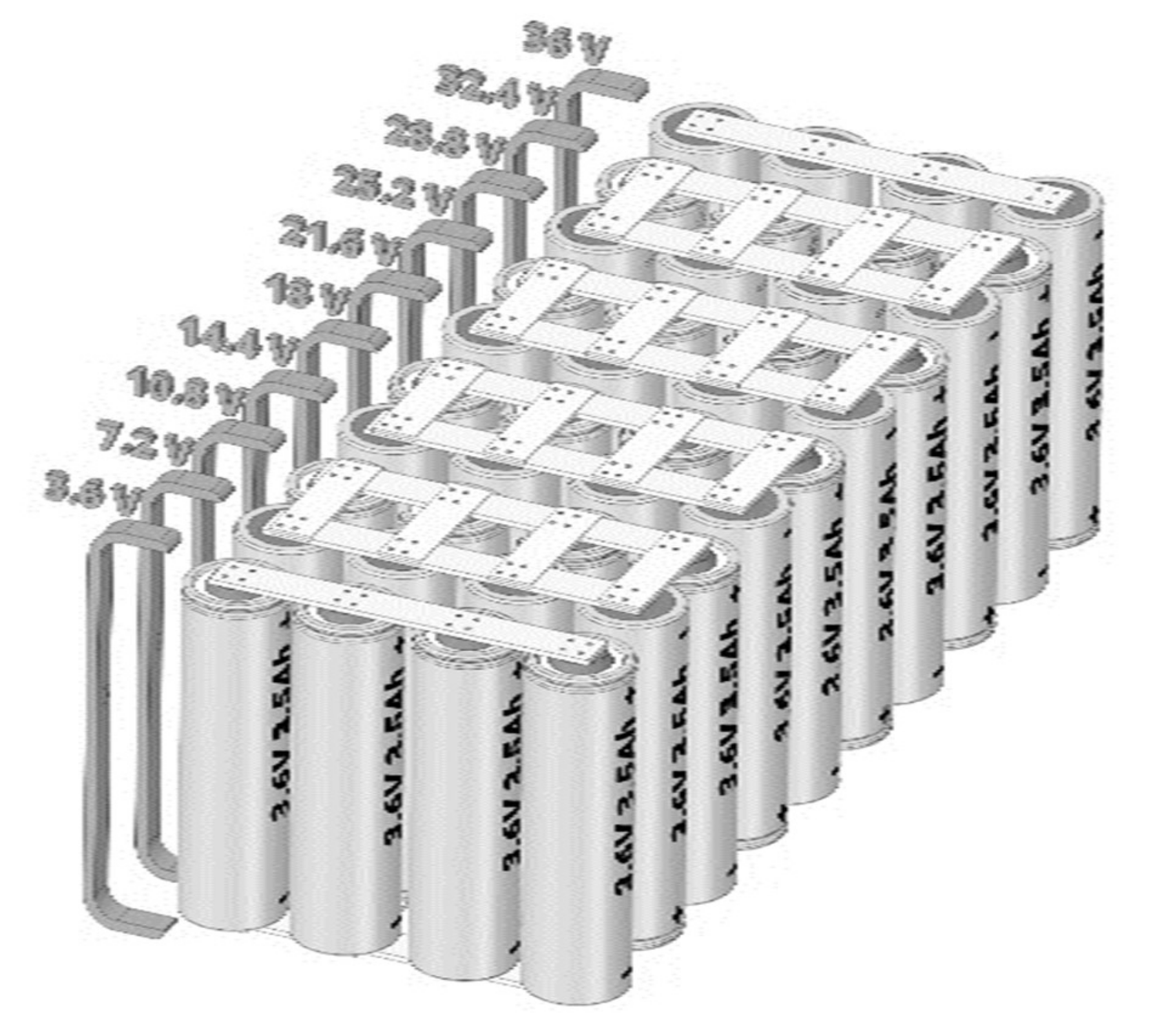
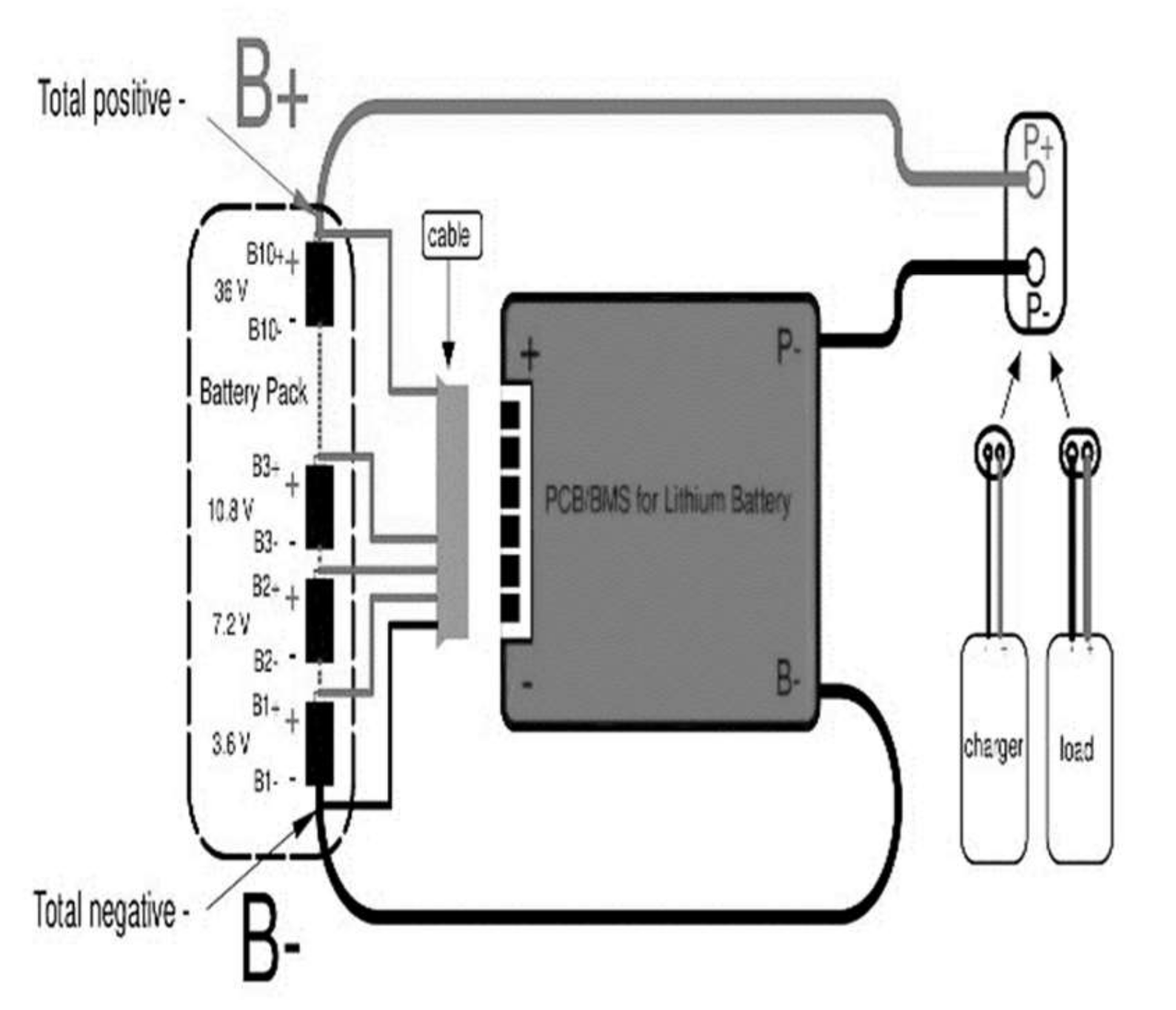



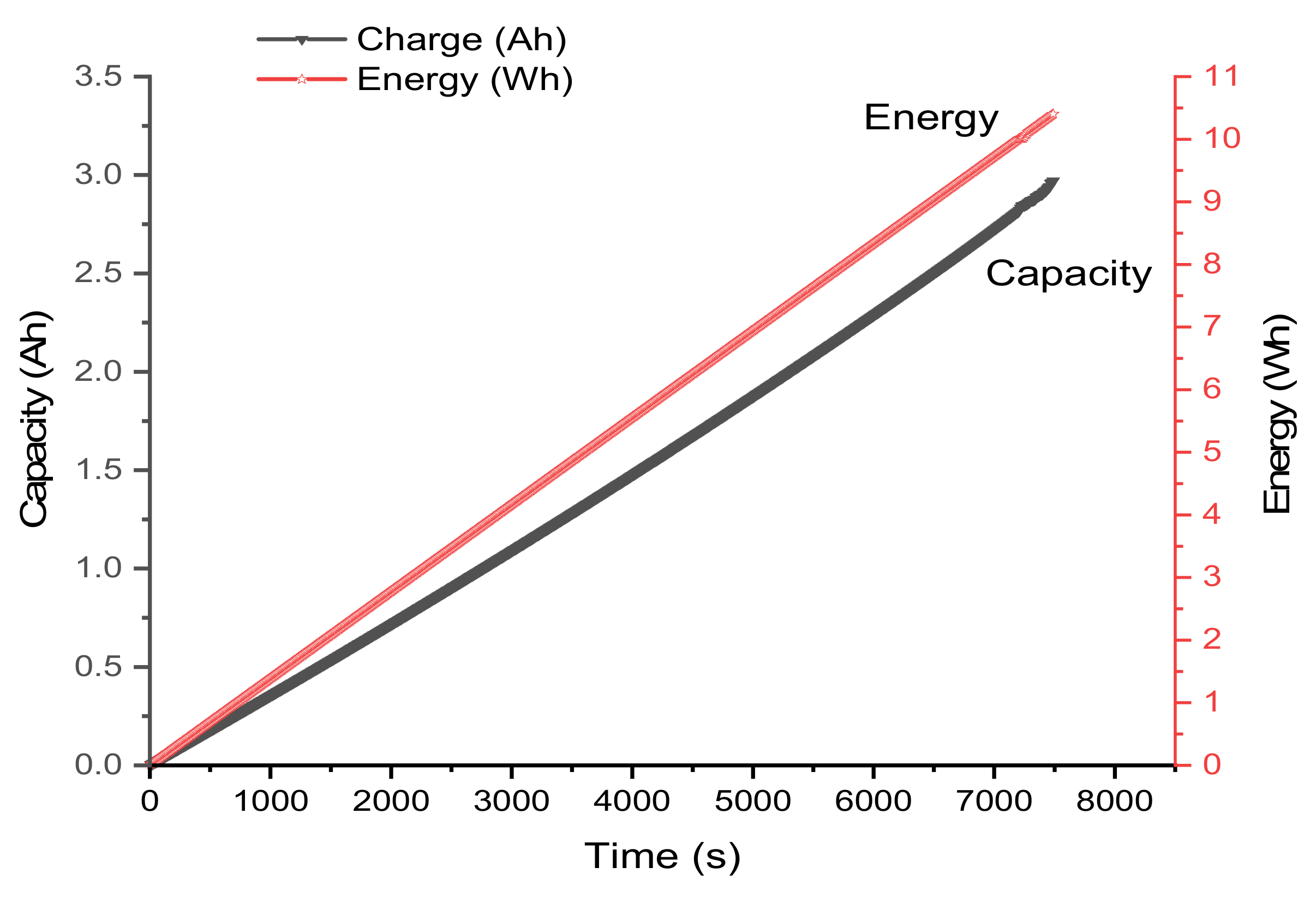
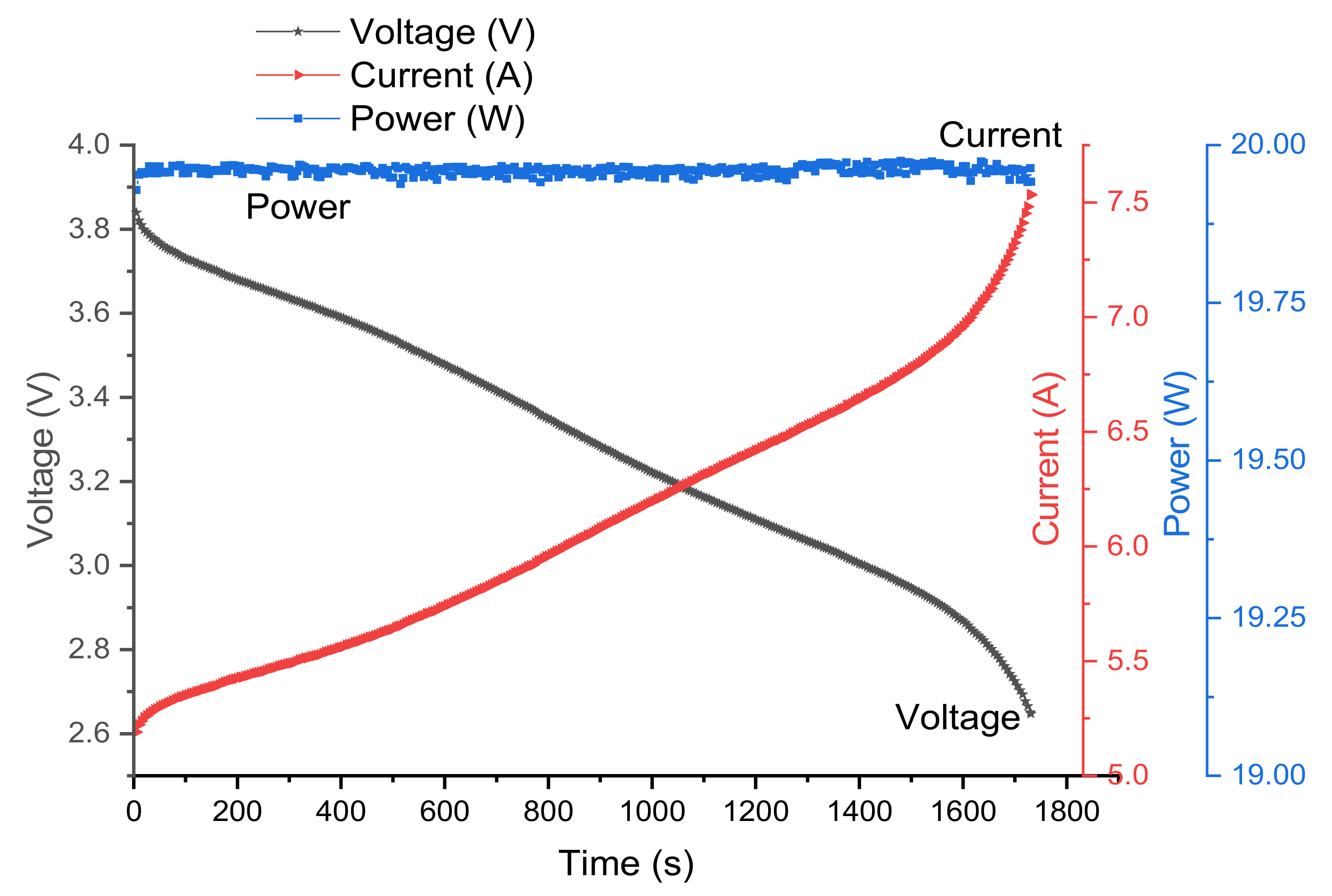
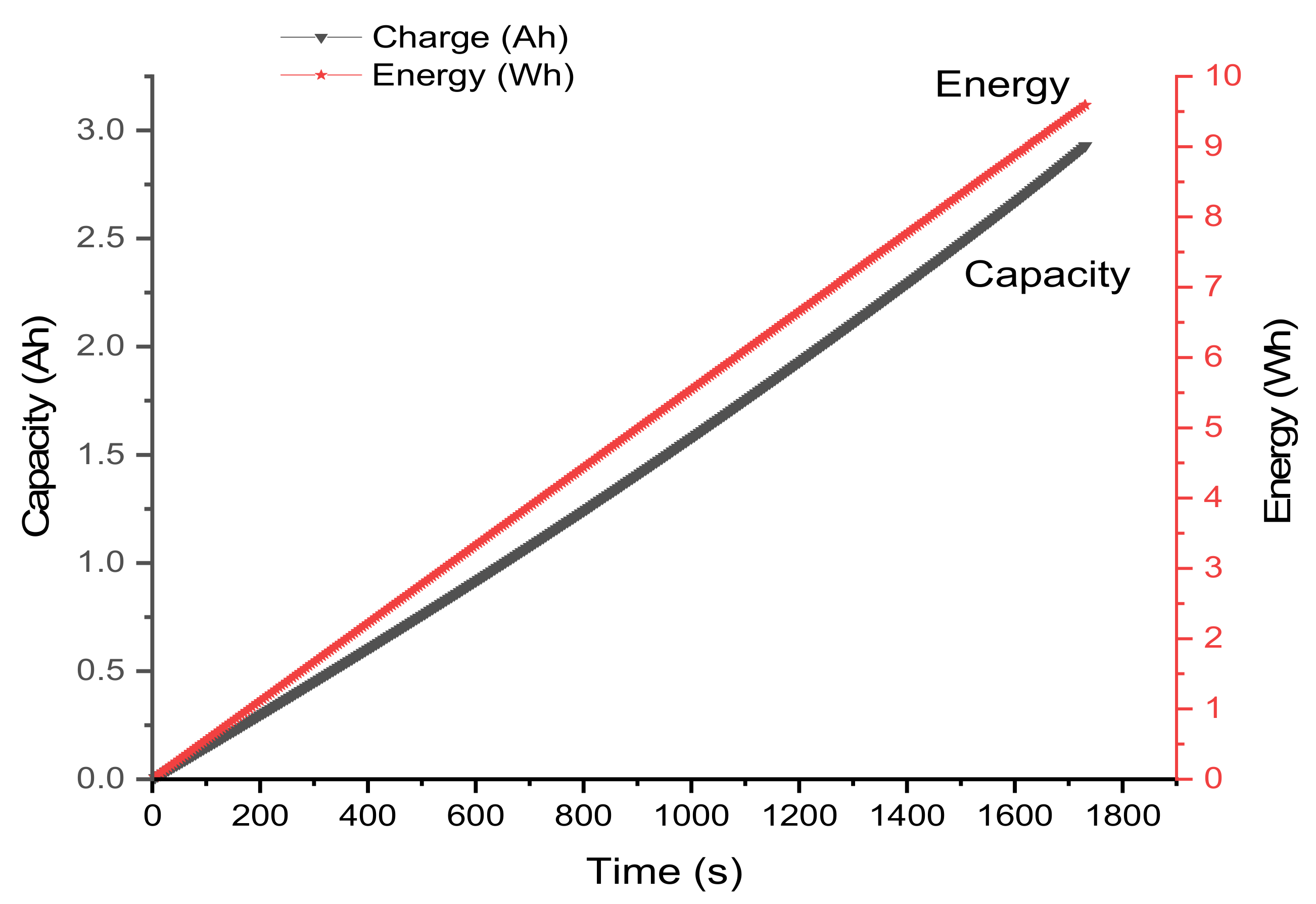
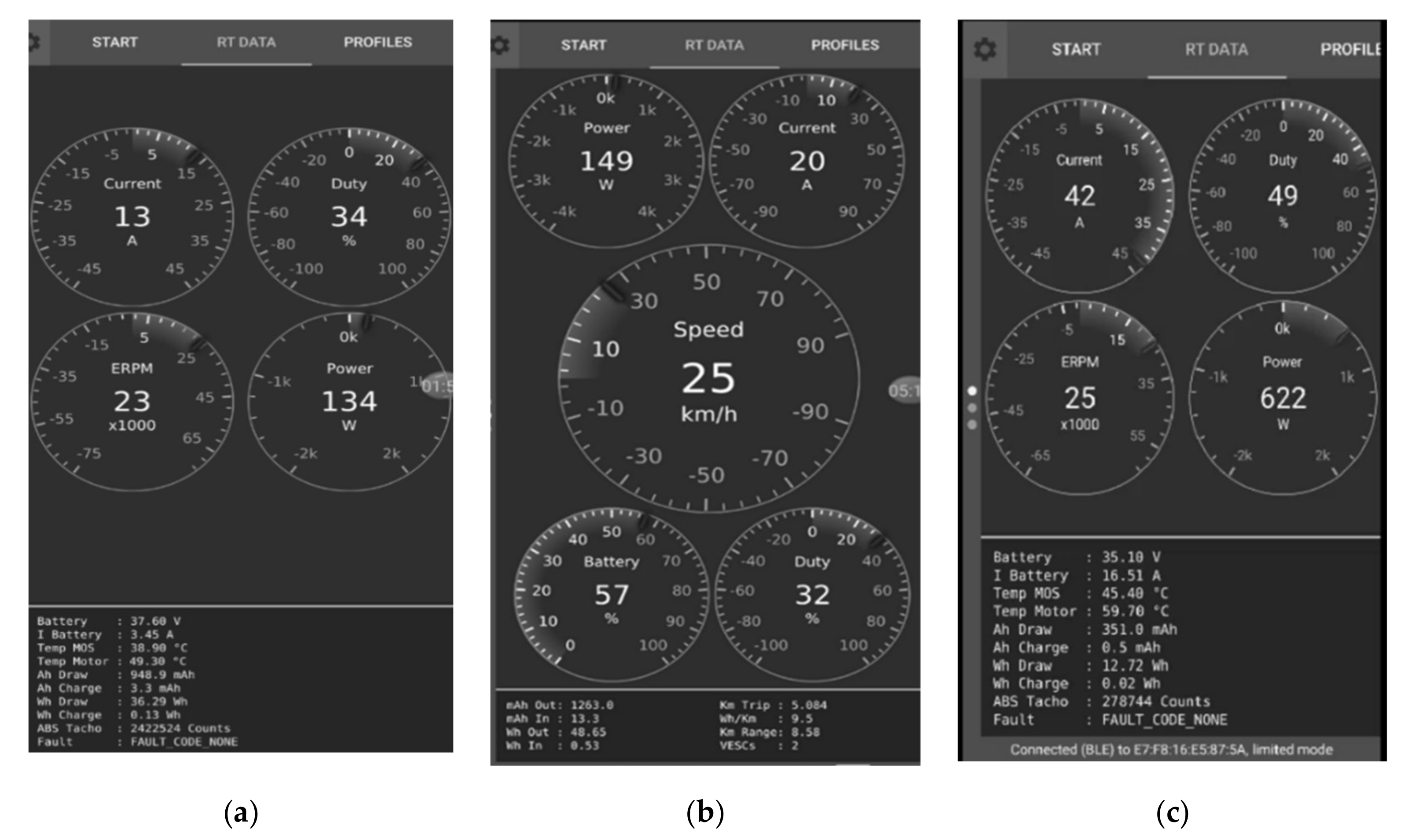


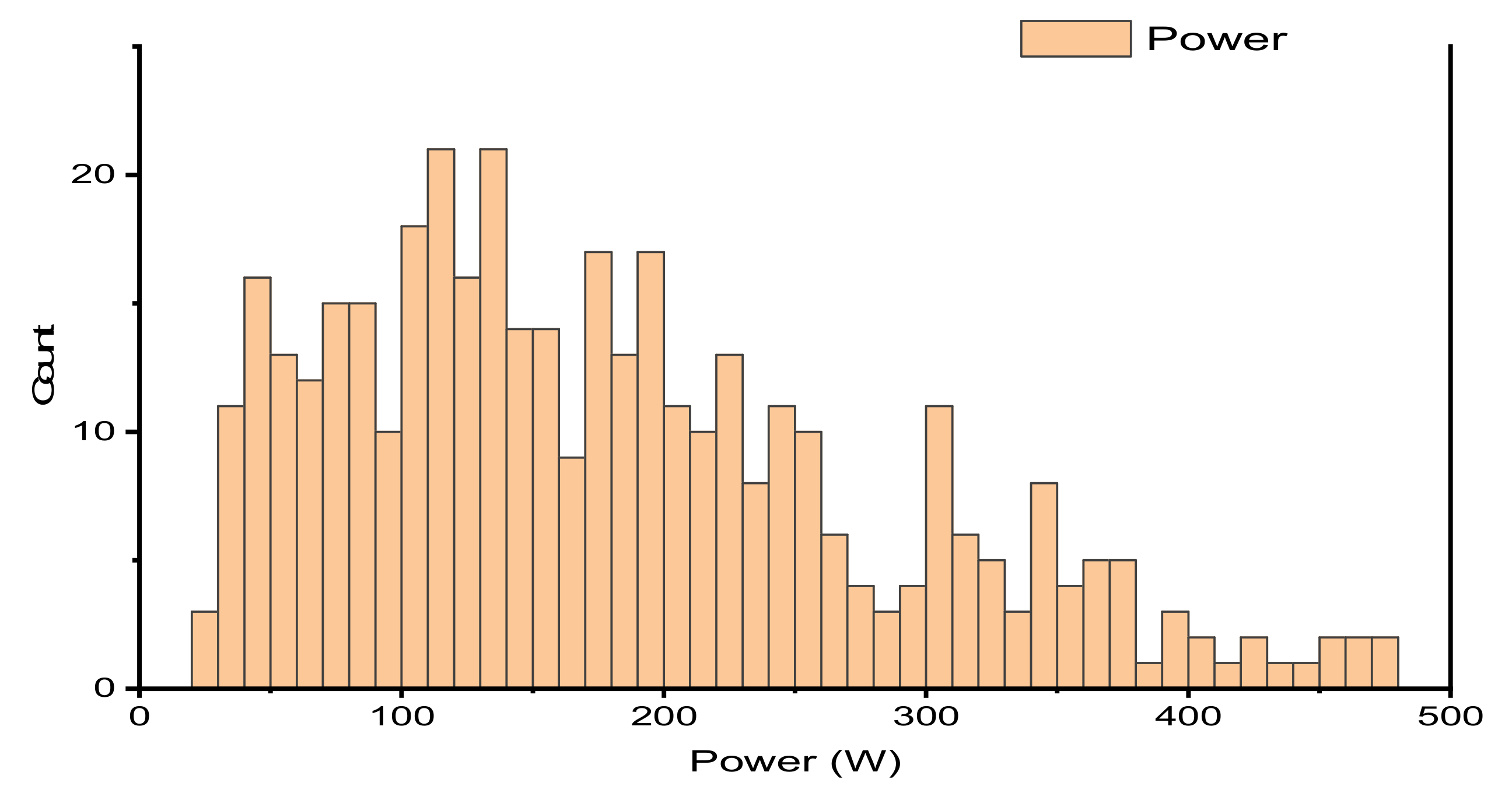
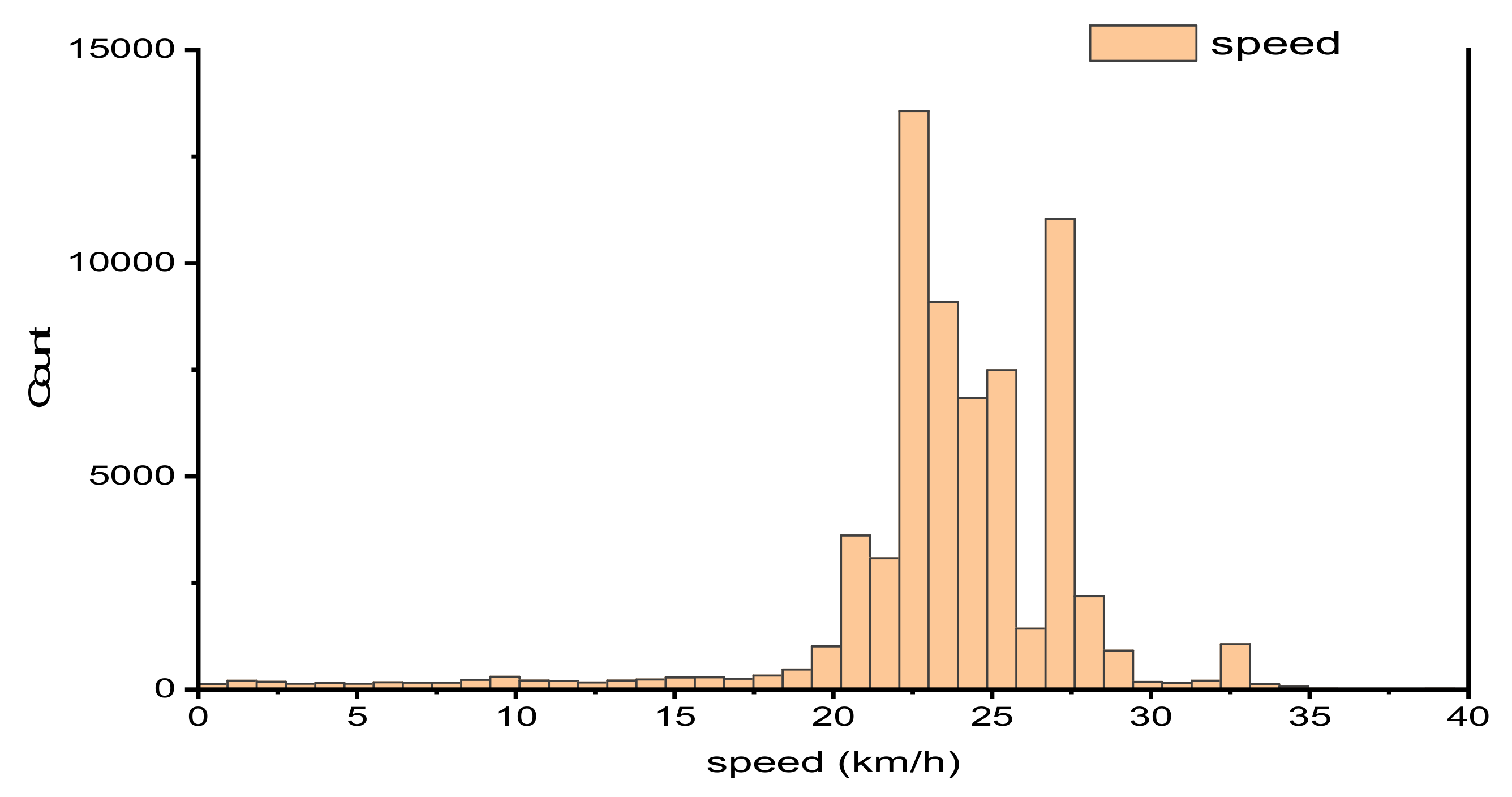
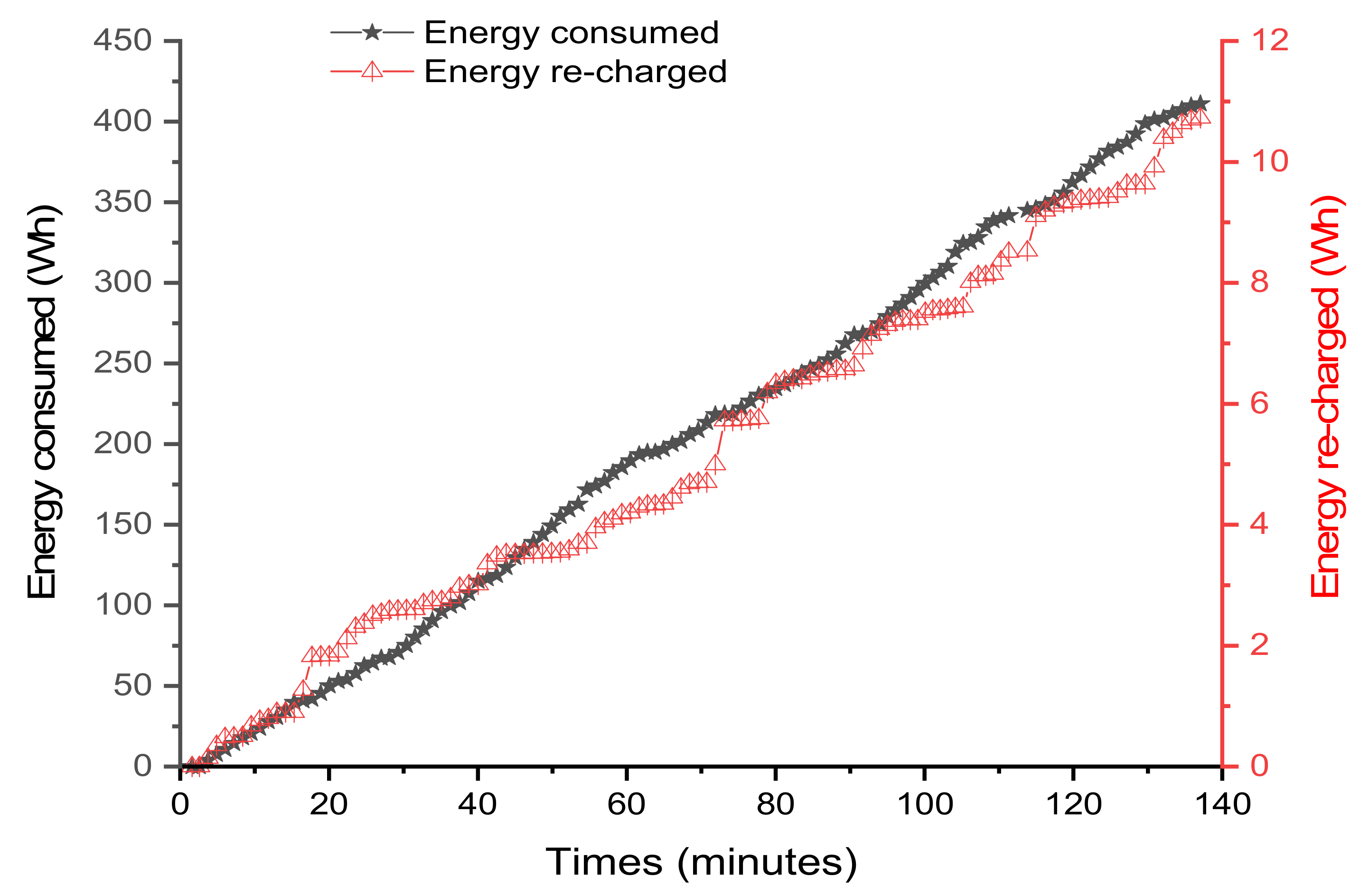

| Battery Chemistry | NCA |
|---|---|
| Capacity | 3.5 Ah |
| Nominal Voltage | 3.6 V |
| Maximum charging voltage | 4.2 V |
| Minimum voltage(cut-off) | 2.7 V |
| Nominal charging current | 2 A |
| Maximum continue discharging current | 8 A |
| Discharging current pulse | 13 A |
| Motor power | 2400 W |
| Wheel diameter | 83 mm |
© 2020 by the authors. Licensee MDPI, Basel, Switzerland. This article is an open access article distributed under the terms and conditions of the Creative Commons Attribution (CC BY) license (http://creativecommons.org/licenses/by/4.0/).
Share and Cite
Ciocan, A.; Ungureanu, C.; Chitu, A.; Carcadea, E.; Darie, G. Electrical Longboard for Everyday Urban Commuting. Sustainability 2020, 12, 8091. https://doi.org/10.3390/su12198091
Ciocan A, Ungureanu C, Chitu A, Carcadea E, Darie G. Electrical Longboard for Everyday Urban Commuting. Sustainability. 2020; 12(19):8091. https://doi.org/10.3390/su12198091
Chicago/Turabian StyleCiocan, Alexandru, Cosmin Ungureanu, Alin Chitu, Elena Carcadea, and George Darie. 2020. "Electrical Longboard for Everyday Urban Commuting" Sustainability 12, no. 19: 8091. https://doi.org/10.3390/su12198091






